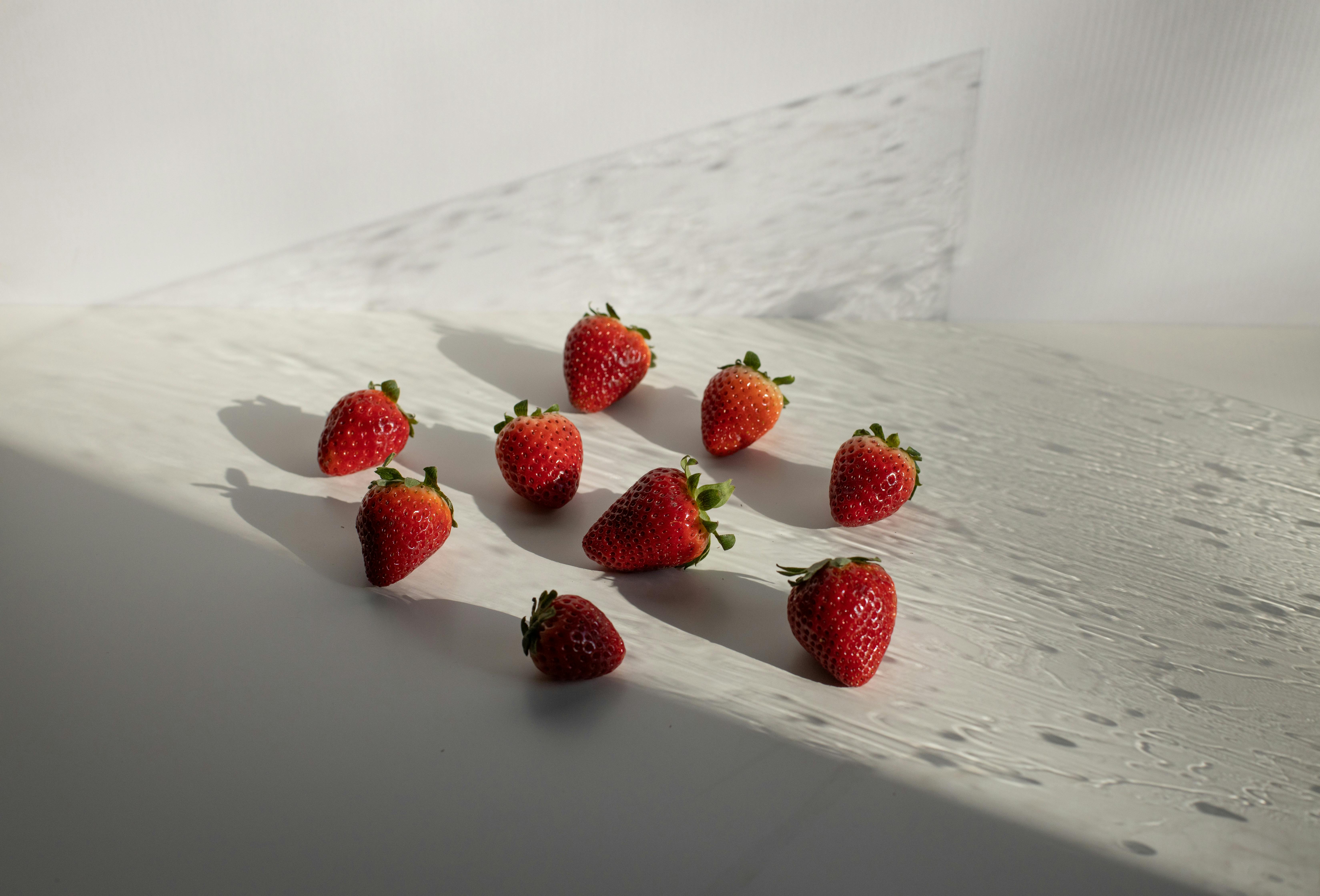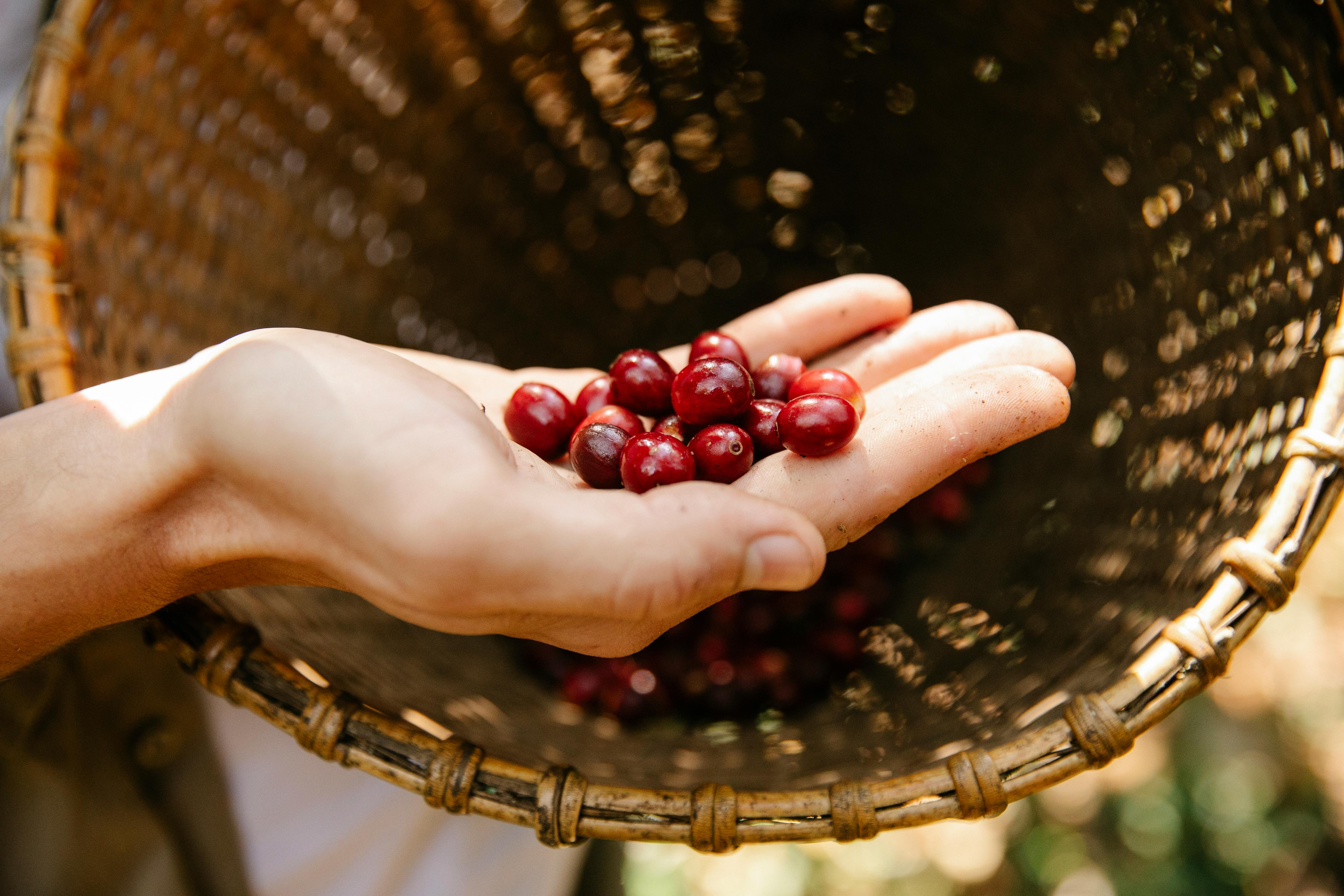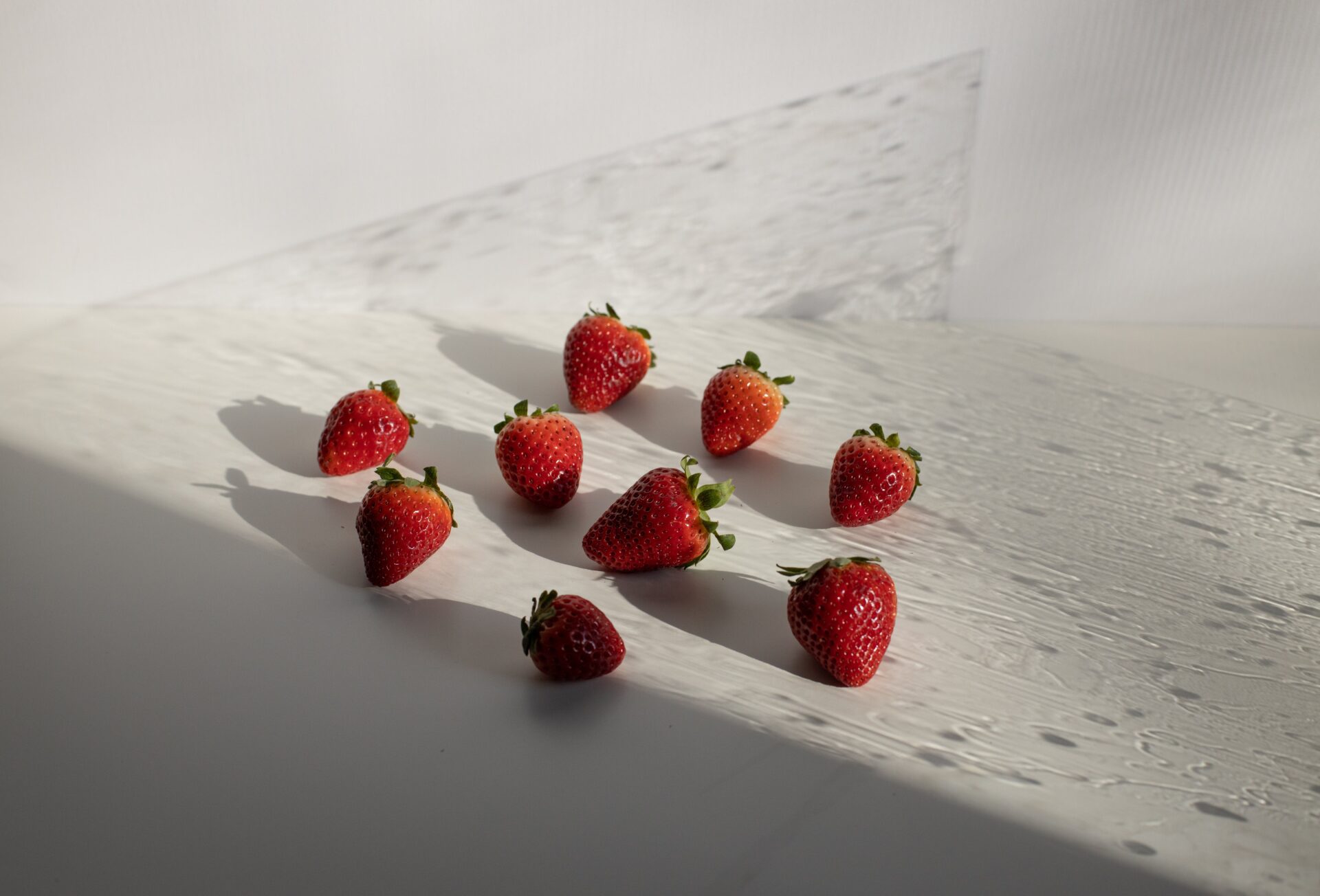A strawberry planter is a great way to grow your own strawberries at home. Whether you are growing one or many plants, there are a few steps you need to take in order to ensure that your plants are healthy and strong. This guide will provide you with the necessary information on how to plant a strawberry planter correctly. With the right preparation and care, you can enjoy tasty, homegrown strawberries year-round!To prepare the soil for planting a strawberry planter, you will need to begin by removing any weeds or old plants from the soil. Then, add a layer of organic matter such as compost and aged manure to the top of the soil. Mix this organic matter into the top 6-8 inches of soil using a garden fork or spade. Next, test the pH level of the soil with a pH testing kit. Strawberries prefer slightly acidic soil with a pH level between 5.5 and 6.5; if your soil is too alkaline, you can add sulfur to lower its pH level. Once the pH has been adjusted, it’s time to plant your strawberry plants! Make sure each plant is firmly planted in its own hole and has enough room to grow before covering it with soil. Water thoroughly after planting and make sure to keep the soil evenly moist throughout the growing season.
What Tools Are Needed To Plant Strawberry Planter?
Planting a strawberry planter is a fun and rewarding activity that can be enjoyed by virtually anyone. However, it is important to have the right tools and supplies on hand for the job. In order to successfully plant a strawberry planter, you will need a few basic tools, including a trowel, garden hose, garden shears, and an organic fertilizer.
A trowel is essential for planting the strawberry plants into the planter. It is important to select one that is of good quality and has a sharp edge. This will help make sure that the plants are planted properly into the planter without any damage to their roots.
In order to water your new strawberry plants, you will need a garden hose. A good quality garden hose will ensure that your plants get enough water on a regular basis without over-watering them. It is also important to remember to shut off the water once your plants are fully watered.
Garden shears are another essential tool for planting your strawberry planter. These shears can be used to trim away any dead or damaged foliage from your strawberries before you begin planting them in the planter. They can also be used to shape the plants as they grow in order to keep them looking neat and tidy in your planter.
Finally, an organic fertilizer can help provide additional nutrition for your strawberries as they grow in their new home. This fertilizer should be applied once every two weeks or so during the growing season in order for it to be most effective in helping your strawberries reach their full potential.
In conclusion, having the right tools and supplies on hand when planting a strawberry planter is essential for success. A trowel, garden hose, garden shears and an organic fertilizer are all necessary items when it comes time to plant your strawberries into their new home. With these few simple tools you can easily create a beautiful container of strawberries that will provide enjoyment for years to come!
How To Choose The Right Variety Of Strawberry For Planting
Strawberries are a delicious and refreshing addition to the garden, and choosing the right variety of strawberry to plant can be a tricky decision. There are many different types of strawberry plants available, each with its own unique characteristics. It’s important to consider your climate, soil type, and garden space when selecting the best variety for your needs. Here are some tips to help you choose the perfect strawberry plant for your garden.
One of the most important factors when selecting a strawberry variety is climate. Different varieties thrive in different climates, so it’s important to select one that is suitable for your local conditions. Some varieties prefer cool climates while others do best in warmer areas – you should check with your local nursery or agricultural extension office for more information on what varieties do best in your area.
The soil type of your garden is also an important consideration when selecting a strawberry variety. Different types of strawberries have different soil requirements, so it’s important to choose one that will thrive in your particular soil type. Clay-based soils tend to be more acidic while sandy soils tend to be more alkaline – again it’s helpful to get advice from an expert before selecting a variety.
Finally, it’s important to consider the size of your garden when selecting a strawberry variety. Some varieties require more space than others, so take into account how much room you have available before selecting one. If you have limited space, look for compact varieties that don’t need too much room to grow. Alternatively, if you have plenty of room, look for larger varieties that will produce bigger harvests.
By considering all these factors carefully when choosing a variety of strawberry for planting, you can ensure that you select one that will thrive in your particular environment and produce delicious fruit year after year!
Planting Strawberry Plants in a Planter
Planting strawberry plants in a planter can be a great way to have your own fresh strawberries without needing much space. It is important to choose the right planter and prepare it properly before planting the strawberry plants. Here are some tips on how to place strawberry plants in the planter for the best results.
Choosing the Right Planter
When choosing a planter for your strawberry plants, make sure it is large enough and deep enough to accommodate them. Strawberry roots need room to spread out, so 12 inches of depth or more is ideal. If you are using hanging baskets, make sure they have a wide base and plenty of drainage holes in the bottom.
Preparing the Soil
Before planting your strawberries, it is important that you prepare the soil properly. Start by removing any weeds or debris from the planter. Then mix some organic matter into the soil, such as compost or manure, which will provide nutrients for your plants. You should also add an inch or two of mulch on top of the soil to help retain moisture and keep weeds at bay.
Planting Your Strawberries
Once your soil has been prepared, you can start planting your strawberry plants. Place each plant about 6 inches apart so they have room to spread out and grow properly. When planting them, make sure that their roots are completely covered with soil but that their crowns (the area where leaves and stem meet) are above ground level. Water thoroughly after planting and keep them well-watered during their growing season for best results.
Caring for Your Plants
Once your strawberry plants are planted, there are some things you can do to take care of them properly throughout their growing season. Make sure they get plenty of sunlight and water regularly (at least once per week). If possible, use an organic mulch around each plant to help retain moisture and deter weeds from growing near your plants. You may also want to fertilize your plants with an organic fertilizer once every few weeks during their growing season for optimal growth and yields.
Fertilizer for Optimal Growth of Strawberries in Planters
When growing strawberries in planters, it is important to use the right kind of fertilizer for optimal growth. The key to a successful harvest is to provide the plants with the necessary nutrients throughout the growing season. There are several types of fertilizers that can be used for strawberry plants, such as compost, manure, and chemical fertilizers.
Compost is an excellent natural fertilizer that provides many essential nutrients that help promote healthy growth. It is also an organic material that helps to improve soil structure and water retention capacity. Manure is another type of natural fertilizer that can be used to add essential nutrients to the soil. It should be applied at least once a year, and it should be mixed into the soil before planting the strawberry plants.
Chemical fertilizers can also be used for optimal growth of strawberry plants in planters. These fertilizers are designed to provide an immediate boost of nutrients to the soil and are often used when a plant needs an extra boost during its growth cycle. Chemical fertilizers should not be overused as this can cause damage to the soil and can lead to nutrient deficiencies in the plants.
It is important to note that certain types of chemical fertilizers are more suited for strawberries than others. In general, slow-release or controlled-release fertilizers are best for strawberries since they provide a steady supply of essential nutrients over time without causing harm to the environment or plants. Additionally, organic fertilizers such as fish emulsion or seaweed extracts may also be beneficial when applied at regular intervals throughout the growing season.
Overall, there are several different types of fertilizer that can be used for optimal growth of strawberries in planters. By selecting a fertilizer based on your specific needs and conditions, you can ensure your plants receive all of the necessary nutrients they require throughout their life cycle for maximum yield and health benefits.

Sunlight Needed For Growing Strawberries In Planters
Strawberries are a delicious and popular fruit that can be grown in planters. Gardening with strawberries is a great way to enjoy fresh, homegrown fruit without a lot of space. Growing strawberries in planters requires adequate sunlight for the plants to thrive, so it’s important to understand how much sun is needed.
For best results, planters should be placed in an area that receives at least six hours of direct sunlight each day. Strawberries need direct sunshine for most of the day in order to produce healthy fruits. If the planter is not receiving enough sunlight, the plants may become weak and the fruits may not develop properly.
It’s also important to note that too much sun can be damaging to strawberry plants as well. Too much direct sunlight can cause leaf scorch or premature ripening of fruits. It’s best to place planters in areas that receive dappled or partial shade during the hottest parts of the day, such as afternoon hours when temperatures are highest.
Ensuring that strawberry plants receive adequate sunlight is key for successful gardening in planters. When selecting an area for growing strawberries, make sure it receives at least six hours of direct sun per day and has some protection from intense midday heat by providing dappled or partial shade during the hottest part of the day. With proper care and attention, you can enjoy a bountiful harvest of sweet and juicy strawberries all summer long!
How Much Water Is Necessary For Growing Strawberries In Planters?
Strawberries are a great option for growing in planters, as they are relatively easy to take care of and can provide a bumper crop of delicious fruit. However, to ensure your strawberry plants thrive, it is important to give them the right amount of water. Depending on the size and type of planter you use, as well as the local climate and weather conditions, the amount of water necessary for growing strawberries can vary.
When it comes to watering strawberries in planters, it is best to start by giving them about an inch of water per week. This amount should be enough to keep your plants healthy, but may need to be adjusted depending on the weather. If it’s particularly hot or dry out, you may need to increase the amount of water you give your plants each week. On the other hand, if it’s been raining regularly or if there’s plenty of humidity in the air, you may not need to water your strawberries as often.
It’s also important to take into account the type and size of planter you are using when determining how much water your strawberry plants need. For example, smaller pots will require less frequent watering than larger ones since they do not hold as much soil or moisture. Additionally, if you use a potting mix with higher levels of organic matter such as peat moss or coco coir, you may need to give your plants more water than if you used a different media since these materials tend to dry out more quickly.
Finally, when watering your strawberry plants in planters make sure that you avoid overwatering – too much moisture can lead to root rot and other problems that can stunt plant growth or even kill off entire patches of fruit! It is best practice to check soil moisture levels before adding any additional water – stick your finger into the soil about an inch deep and if it feels damp then there is no need for additional watering yet.
Overall, when caring for strawberry plants in planters it is important to monitor both local weather conditions as well as soil moisture levels in order determine exactly how much water your plants need each week. With proper care and attention, however, you can enjoy a bountiful crop of delicious strawberries all season long!
Monitoring Plant Health
Growing strawberries in planters is a great way to enjoy the delicious fruit in a limited space. However, it is important to monitor the health of the plants regularly in order to ensure a successful harvest. Keeping an eye on plant health also allows you to spot any signs of pests or diseases before they can become established and cause significant damage.
The first step in monitoring plant health is making sure that the plants get enough water. Strawberries prefer well-drained soil, so check the soil moisture levels frequently and water as needed. If the soil remains too wet for too long, it can lead to root rot and other problems.
It is also important to check for signs of nutrient deficiencies. Check the leaves for discoloration or yellowing, which can indicate that the plants are not getting enough nitrogen or another essential nutrient. A slow-release fertilizer or compost tea should be applied every few weeks during the growing season to ensure that your strawberries receive proper nutrition.
Pest Control
Strawberry planters are vulnerable to pests such as slugs, snails, and aphids, which can cause damage to your plants if left unchecked. To prevent pest infestations, inspect your strawberry planter regularly for signs of pests such as holes or chewed leaves. If you find any pests, remove them by hand and dispose of them away from your garden area.
Organic insecticides such as neem oil can also be used to control pest populations if needed. Neem oil works by disrupting certain life stages of insects and interrupting their reproductive cycle, so it should only be used when pest populations become too large for hand removal alone. It is important to follow all instructions carefully when using any type of pesticide and avoid spraying directly onto flowers or fruits in order to prevent contamination with toxic chemicals.
Finally, don’t forget about beneficial insects! Ladybugs, spiders, and other predators will help keep pest populations in check without harming your strawberry plants. Encourage these helpful critters by planting a variety of flowers around your strawberry patch that will attract them and provide food sources such as nectar and pollen for their larvae to feed on.

Conclusion
Taking the time to learn how to plant a strawberry planter is well worth the effort. Planting strawberries in this way allows them to thrive and produce an abundance of delicious fruit. It also makes it easier for you to maintain the plants and prevents disease and pests from affecting your crop. With proper planning and preparation, you can enjoy a bountiful harvest of fresh strawberries for many years to come.
As with any gardening project, it is important to do your research and plan ahead before beginning. Pay attention to the details, such as soil type, potting mix, and location selection. Following these simple steps will ensure that your strawberry planter will be a success. Good luck!



